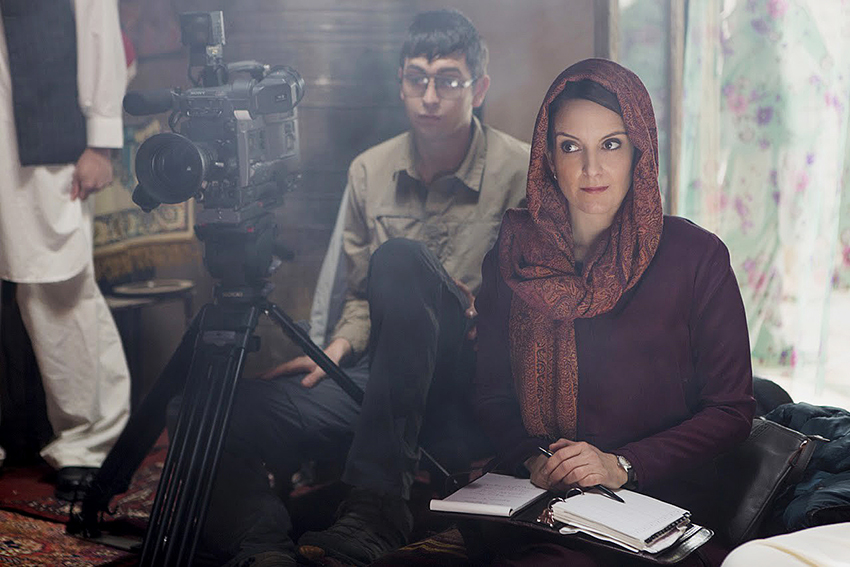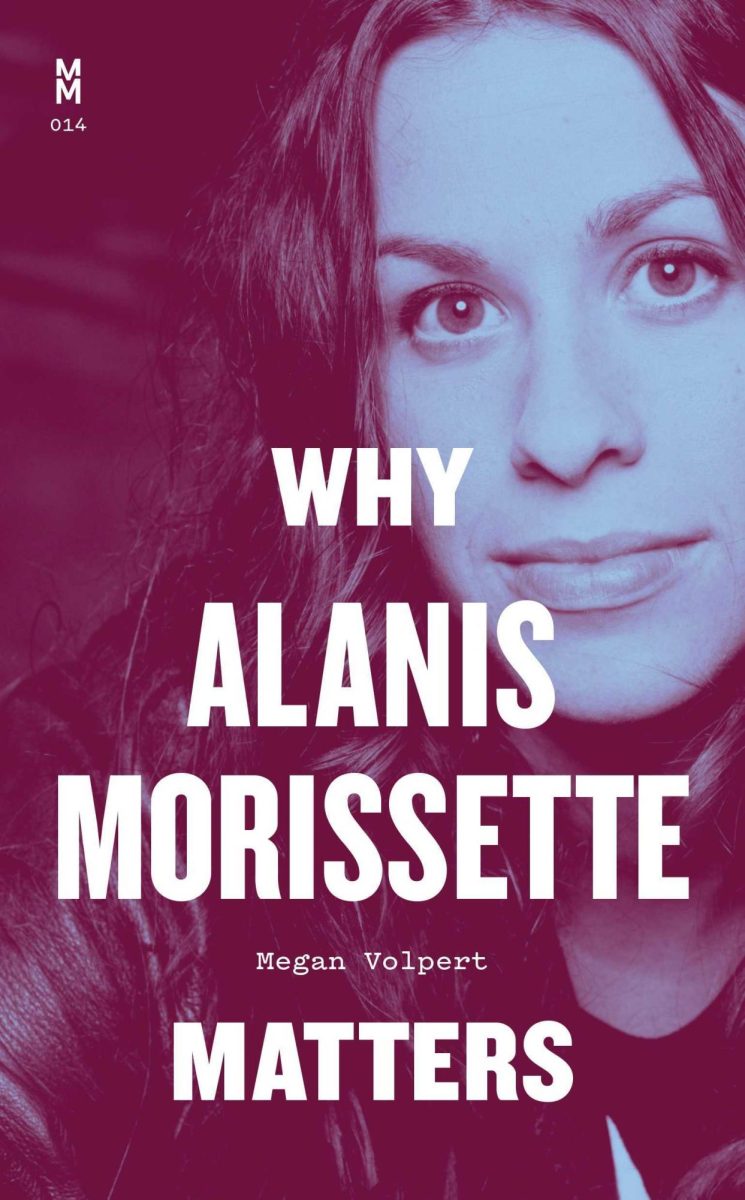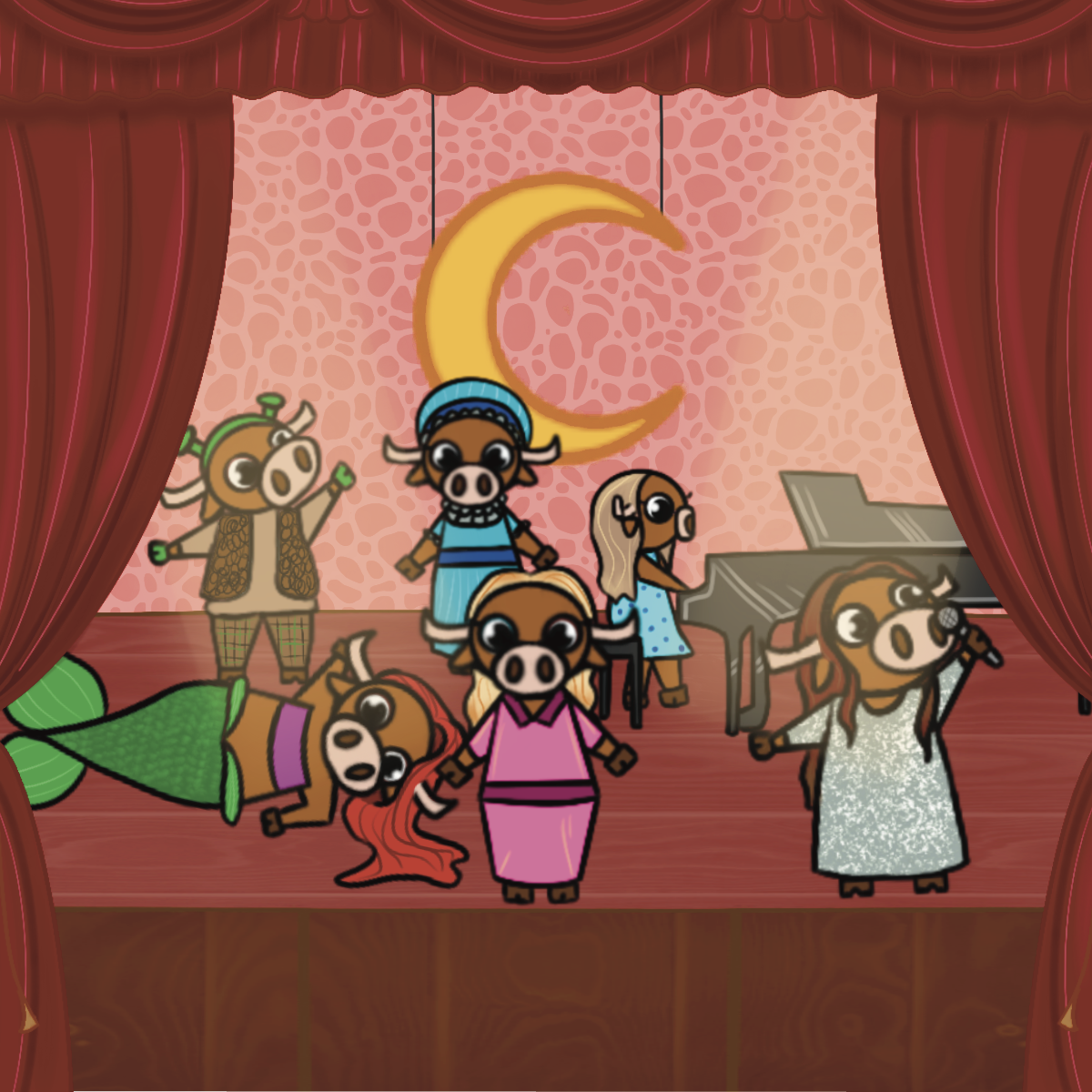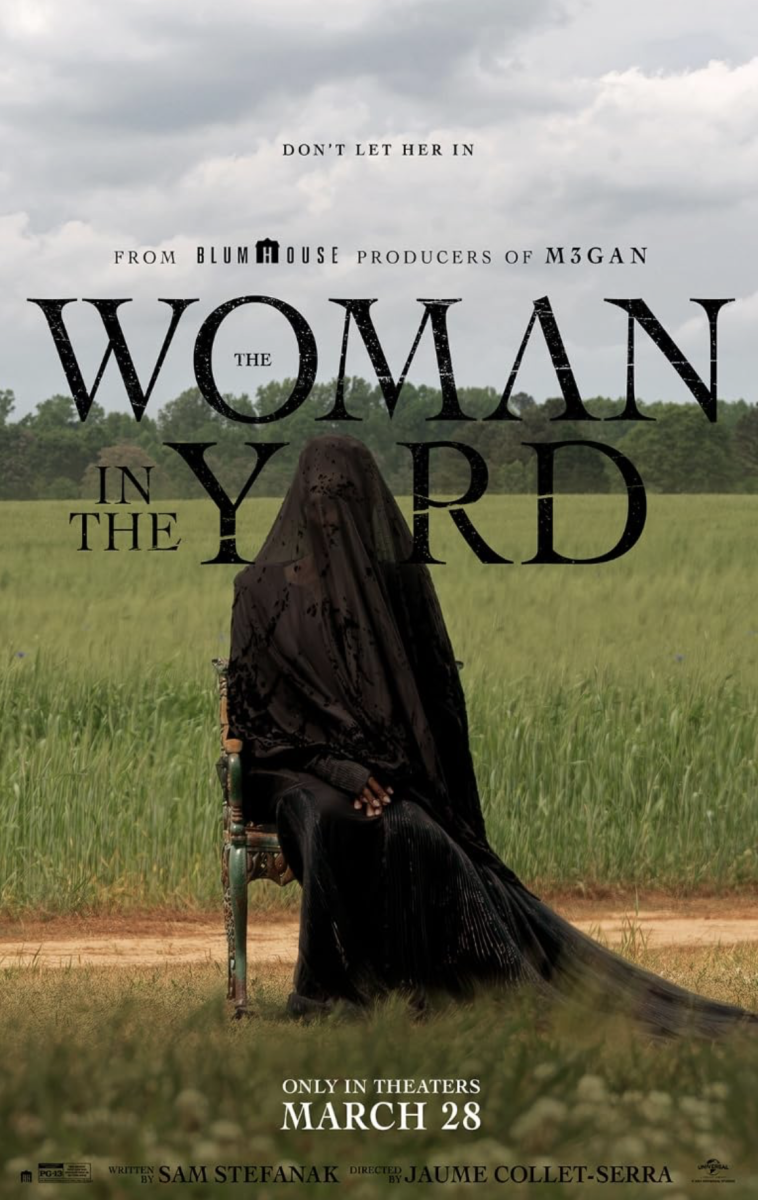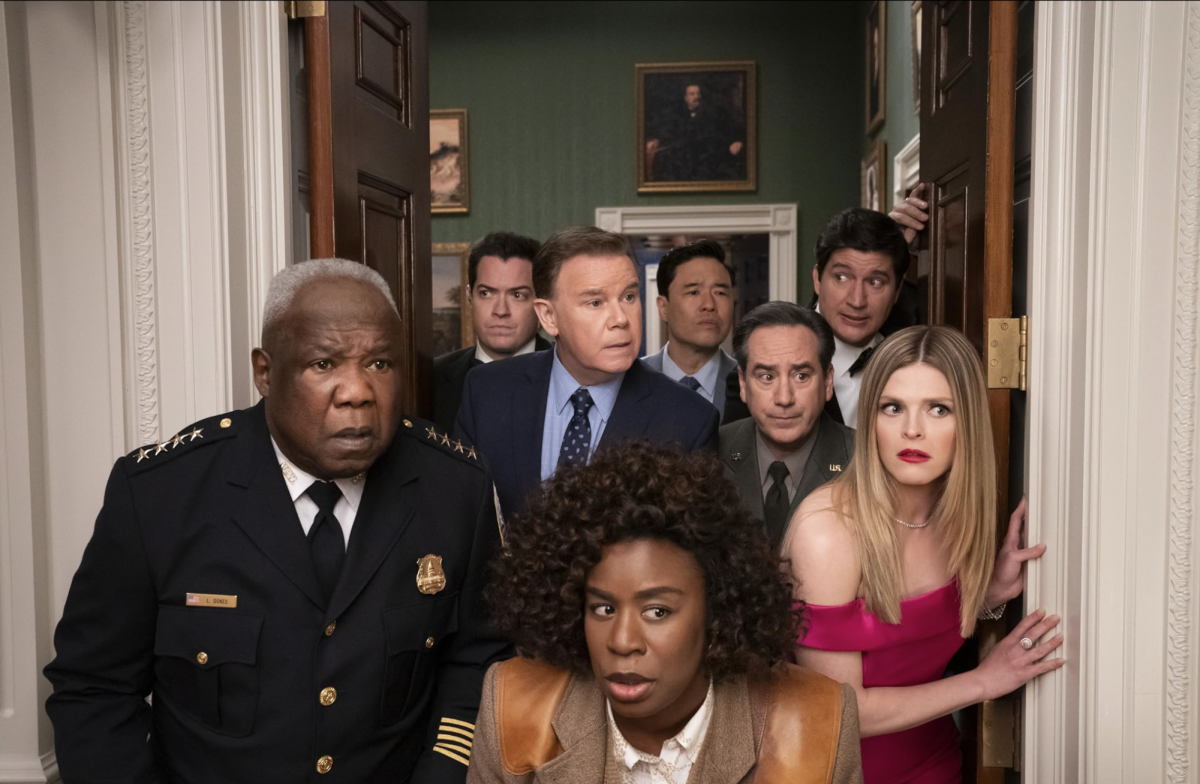For years, Tina Fey’s wit has doubled as comedy and commentary on pressing social issues. Her latest film, “Whiskey Tango Foxtrot,” takes this comedy and commentary to the front lines, satirizing femininity, ambition and
personal combat.
Based on a memoir by Kim Baker, “Whiskey Tango Foxtrot” recounts a war correspondent’s experiences in Afghanistan and Pakistan during Operation Enduring Freedom. Starring Tina Fey, the film showcases her fight to be heard amid battles with sexism, deceit and adjusting to a new environment. Baker’s experiences on the front lines, combined with those in the offices of sexist officials, unfurl with a tone of lightheartedness uncommon to films grounded in serious subject matters.
From the start of the film, directors Glenn Ficarra and John Requa showcase the turbulence of a career in war correspondence. Fey’s timeless charm breaks through to create comedy in her grim environment, paving the way for a feature devoted to evading the brutality of OEF. Fey’s knack for self-deprecating humor persists amid patriarchy in Baker’s new workplace, dominating scenes shared with rival correspondent Tanya Vanderpoel (Margot Robbie). Her romantic experiences alone serve as some of the film’s most memorable moments, captivating viewers who are all too familiar with feeling physically inferior to others.
Baker’s struggles to cope with the demands of her career provide viewers with good laughs for the duration of “Whiskey Tango Foxtrot.” The introduction of hilarious co-workers — notably Martin Freeman, Christopher Abbott and Billy Bob Thornton — enhances the humor embedded in Robert Carlock’s screenplay. Aided by the twists and turns that saturate Baker’s career, the film captivates viewers where other comedies have failed, immersing them in two hours of delightful satire and subtextual critiques.
Perhaps the most surprising thing about “Whiskey Tango Foxtrot” is that it is far different from traditional comedies. Much of the film is drenched in drama, with Fey’s circumstances, rather than her character, functioning as frequent comic relief. This diversion from comedic power allows Fey to strengthen her repertoire, demonstrating her capacity for excellence in a role that is far more serious than usual. Her versatility is showcased in a wide variety of scenes, enabling her to deliver an excellent performance that is arguably her best to date.
However entertaining the film may be, it bears the weight of significant flaws that undermine its capacity for greatness. Its most apparent flaw is its inability to maintain viewers’ interest, tiring audiences with its seemingly endless depictions of journalistic turmoil. The film is likewise burdened by its complicated, unclear plot, structured with sequences that bear little to no narrative significance. Though strengthened by witty dialogue, its screenplay fails to reward itself with a justifiable structure, alternating between statements on sexism, the military and job security in an offbeat, and ultimately ineffective manner.
Despite its remarkable cast, the film is encumbered by limited character development. Though interspersed with touching moments, the film forces most characters to fade out of focus in an effort to preserve Fey’s spotlight. As a result, her evolution from isolation to social inclusion receives inadequate attention, subjecting Fey to a narrative that prioritizes her personal efforts and struggles rather than her relationships with other characters.
Nevertheless, “Whiskey Tango Foxtrot” succeeds in bringing Baker’s war correspondence back to life. The memoir’s satire and subtextual critiques are well conveyed on screen, supported by witty dialogue, self-deprecating humor and dynamic performances from Fey and her co-stars. Flawed as the film may be, it pays tribute to the efforts of risk-taking journalists, situating humor in an otherwise serious, but enjoyable narrative.

